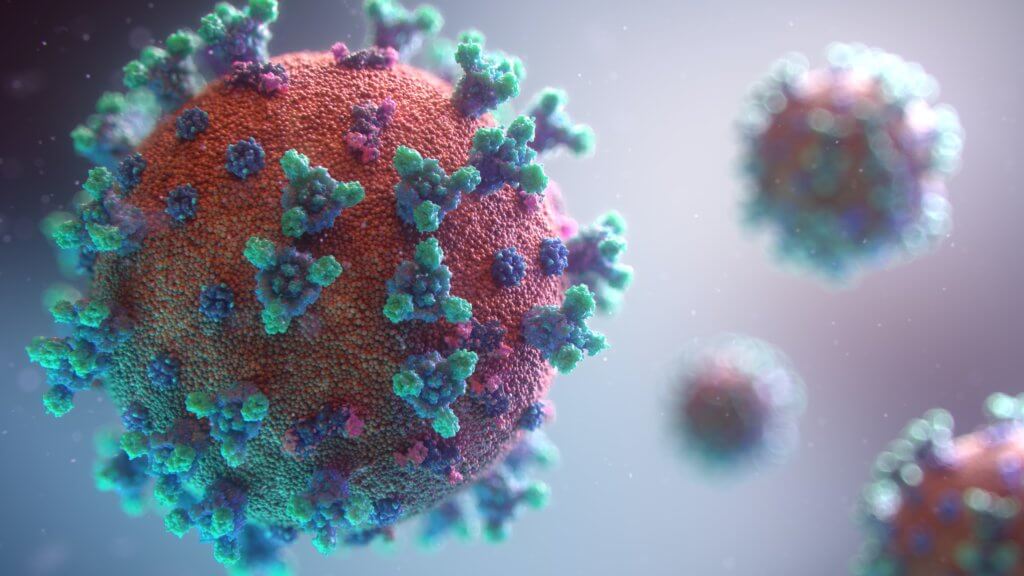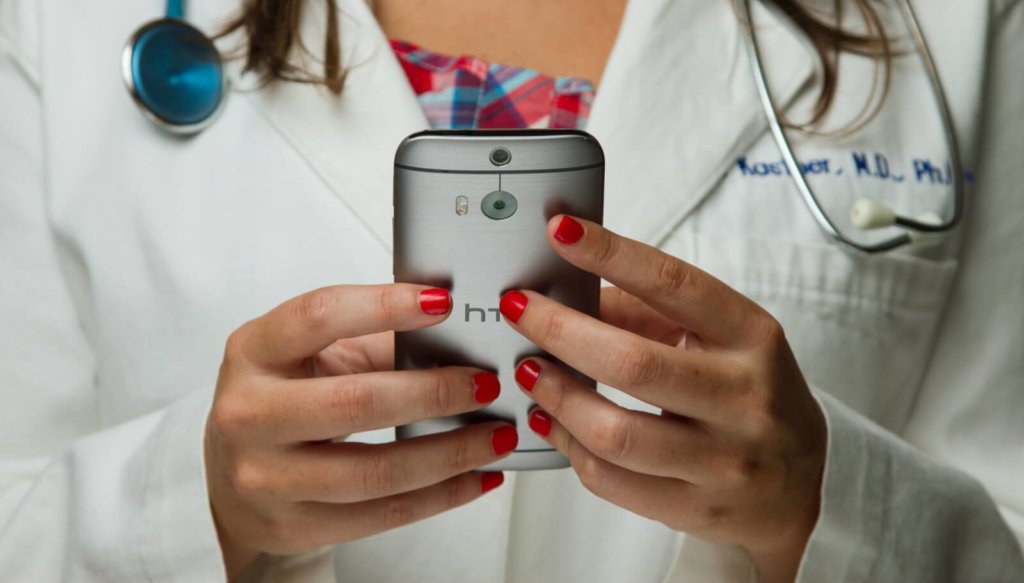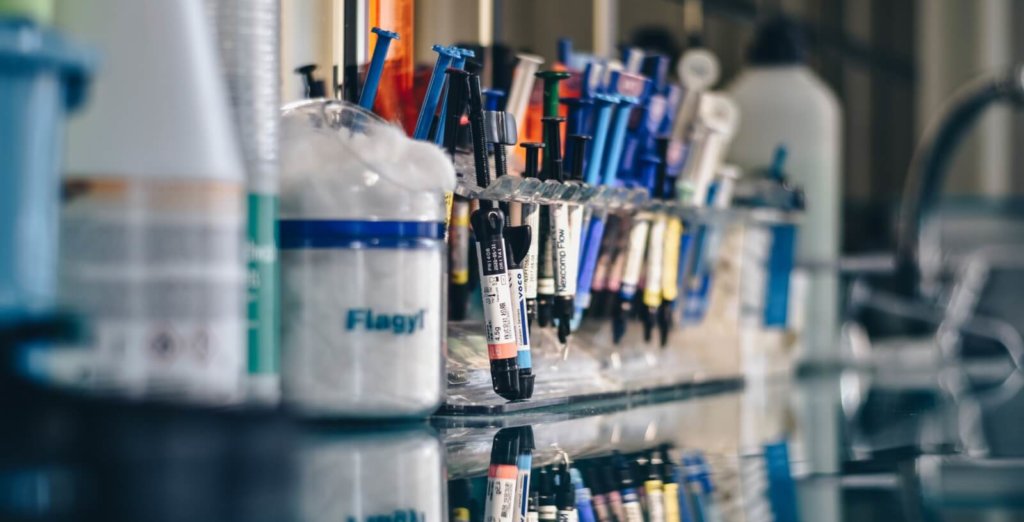 The COVID-19 pandemic is a global crisis that caught us all by surprise. And, the effects caused by the coronavirus are likely to scar our society indefinitely. From our friends and family falling victim to the virus, to the loss of jobs and closure of countless businesses, it’s hard to find a positive that stems from this tragedy. With a strong kinship for the communities we serve such as Las Vegas, Los Angeles, New York and other major hubs, we’ve made it our mission to help deliver cutting-edge technologies in this extremely challenging time.
The COVID-19 pandemic is a global crisis that caught us all by surprise. And, the effects caused by the coronavirus are likely to scar our society indefinitely. From our friends and family falling victim to the virus, to the loss of jobs and closure of countless businesses, it’s hard to find a positive that stems from this tragedy. With a strong kinship for the communities we serve such as Las Vegas, Los Angeles, New York and other major hubs, we’ve made it our mission to help deliver cutting-edge technologies in this extremely challenging time.
However, if we were tasked to draw one positive that was created as a result of the pandemic, we would point to the leaps and bounds made by the mHealth industry. In fact, a recent study over the quantity of medical app downloads from the months prior to COVID to the “peak” months of COVID, shows a 65% worldwide increase in mHealth application downloads.
This is no coincidence.
Rather, due to the rising need for accessible health services, the COVID-19 pandemic has sparked an mHealth renaissance as developers and healthcare organizations seek to provide mobilized health solutions to meet their patients’ needs. In this article we will discuss a mere fraction of the advancements made within the mHealth industry during the global pandemic, and how these advancements are aiding in the societal fight against the coronavirus.
The Rise of Telemedicine

Did you know that in April of 2020, telemedicine services in the United States grew by over 4000% compared to the months prior? One reason for this was due to numerous insurance providers refusing to cover virtual health services prior to the pandemic. During the peak of the pandemic, however, this dynamic shifted and many patients now had a means to access mobile healthcare services.
Now, while this new insurance coverage certainly played a role in the expansion of telemedicine, the primary factor was undoubtedly the rapid progression of mHealth technology. From new health applications designed with artificial intelligence to the availability of prescription medication via mobile-ordering, the mHealth industry has demonstrated exponential growth in the quality and functionality of mobile health services.
COVID-19 mHealth Technology

As we mentioned prior, the COVID-19 pandemic has led to a plethora of new mobile health technology designed for easy access to quality healthcare. And, as we are on the topic of the coronavirus, we felt it fitting to include technology designed to remedy the effects of COVID-19. With that being said, some of these COVID-minded mHealth technologies include:
At-Home COVID-19 Test Kits – the Pixel COVID-19 Test Kit by Labcorp, for example, allows users to avoid the lines and potential exposure to the virus, simply by conducting a self-administered nasal swab. Once the user ships back the collection kit, Labcorp returns the test results to the user via their Pixel by Labcorp account within 1-2 days. If a user tests positive for COVID, Labcorp provides them with a free clinician consultation to discuss further treatment.
COVID-19 Symptom Apps – the COVID Symptom Study app allows users to share symptoms they experience as a result of the coronavirus. This application connects users across the country to spread awareness of the health effects of COVID-19, in turn creating a system of potentially effective treatments for the virus.
Coronavirus Contact Tracing Apps – a number of states within the U.S. have what’s known as a contact tracing app to monitor the spread of the virus. An example is the Protect Texas Together app developed by the University of Texas at Austin and used by the university to help stop the spread of COVID-19 on campus.
The Future of mHealth Tech

While it’s unclear what the future has in-store for mHealth technology, it’s becoming quite certain that mHealth and telemedicine are here to stay. And, as long as the COVID-19 pandemic continues to shape the different interactions of our daily lives, it’s foreseeable that mobile health technology will continue to progress.
For instance, researchers at Stanford and the University of North Carolina are actively developing an mHealth wearable designed to advance vaccination efforts. While it is only a 3D-printed model at this time, this wearable vaccine patch could not only eliminate the use of needles, but it’s also anticipated to be 10 to 50 times more effective than the current delivery method. In addition, this patch is expected to be produced and distributed more easily, allowing easier access for underserved populations.
Of course, this is only one example of what the future of mHealth technology has in store. Nonetheless, this technology demonstrates the extraordinary potential of the mHealth industry if it continues to advance at the current development rate, in turn providing global solutions to aid in the fight against COVID-19.
Here at Dogtown Media, we’re dedicated to helping our clients bring their app ideas to the market. With over ten years of app development for businesses of all sizes and industries, we are confident we can be your go-to development agency. Reach out today to learn more about how we can help with your next mHealth app!





